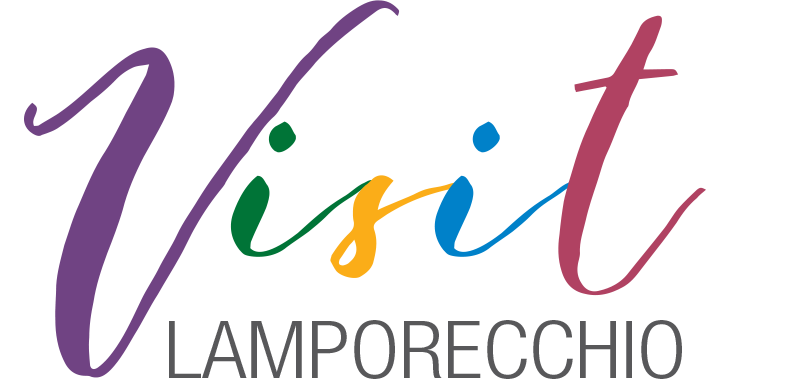
Fucecchio Marshes
With its 1800 hectars, the Fucecchio Marshes are the largest Italian marshes and represent Montalbano’s naturalistic gem thanks to its rich fauna and flora variety. For centuries, this territory has marked the life, history and economy of the population living in the area and houses species of plants dating back to far-off ice ages.
In the Middle Ages, the Marshes created passages on the ridge of Montalbano to the west and along the Via Francigena. The marsh grasses for wicker wine bottles and demijohns and the fishing and hunting opportunities, which guaranteed an economic income, encouraged all the municipalities settled in the hills north of the Valdinievole or on the Montalbano to seek a territorial extension to the Fucecchio Marshes.
Trade was assured thanks to the inland waterways that connected Livorno to Pisa and then following up the Arno arrived to the ports built along the Padule. However, malaria was an irremediable plague that needed to be solved, and reclamation began, first with the Medici and then with the Lorena family. In 1996, the Province of Pistoia established a nature reserve in the spaces acquired from public property to make amends for the pollution damage that had been caused over the years by the population growth, the emergence of industries and an agriculture increasingly dependent on chemicals. The Morette Reserve and the Monaca-Righetti Reserve were created: together with the neighboring reserve in the Florentine area, they cover a total area of about 230 hectares, just over one-tenth of the entire area of the Fucecchio Marshes (2,074 hectares).
The establishment of the Reserve has encouraged the return of storks, which have returned to nest. In addition to the black stork, the heron and the crane, the marshes house about two hundred birds species which makes it a unique paradise for birdwatchers.
But the Marshes preserve also the evidence of the historic events linked to the Medici and Lorena families and the horrible massacre by the Nazis on August 23, 1944 when 174 citizens, among whom babies and old people, where killed by some Nazi soldiers.
Today the art of weaving marsh grasses is carried out by a group of local artisans who explain that for each type of grass there is a specific use: with sarello farmers used to make bags for food or to go to the market, demijohn caps, mats for windows, the stuffing of chairs, pot holders and doormats. On the other hand with cannella brooms were made and with gaggia the demijohn baskets were made. For them, handing down this art is important as a reminder of an activity so closely linked to the land that in the past allowed survival but which had been lost and in some cases even repudiated after the war.
Today, being in the Fucecchio Marshes Reserve means to feel amazed by the beauty of the landscape and the silence, at the same time imbued with peace and the desolation of past sad events, interrupted only by the calls of water birds, in a place where the civilised world seems to be far away.

